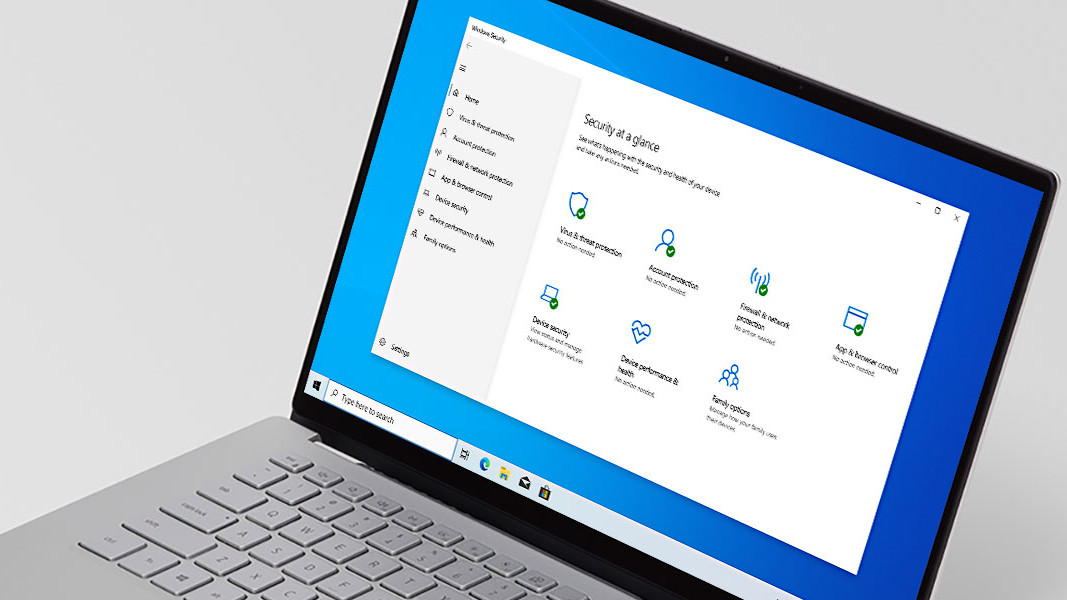It also protects your system in real time, avoiding this kind of software to be installed.
Windows Defender is an easy to use tool which offers an intuitive interface and several options.
Plan analyses eachcertain time, configure the advices and warnings and choose the elements to be analyzed by Windows Defender.
The most interesting setting is the Software Explorer which will show you know the characteristics of the programs being run, included in startup or net applications.
And now you can access a new community of users created by Microsoft which will let you know more about Spyware.
Free Download Windows Defender
Turn on Windows Defender to access company resources.; 2 minutes to read; L; T; J; D; In this article. Organizations want to ensure that devices accessing their resources are secured so they may require you to use Windows Defender.Windows Defender is an antivirus software that's included in Windows and can help protect your device from viruses and other malware and threats. Download Windows Defender Status Manager for Windows to monitor the status of Windows Defender on your Windows 8 PC. Bitdefender Antivirus Free Edition is blazing fast, free to use, and packs essential protection features every Windows computer needs. Downloads and installs in seconds, runs at max speed without slowing down your PC Good for gaming, image and video editing, and resource-intensive applications.
Download Shadow Defender for free. Shadow Defender is an easy-to-use security solution (for Windows operating systems) that protects your PC/laptop real environment against malicious activities and unwanted changes.
Notes
You can download and use it if you are using a legal copy of Windows.Microsoft Defender Offline is a powerful offline scanning tool that runs from a trusted environment, without starting your operating system. This topic describes how to use Microsoft Defender Offline in Windows 10, Windows 8.1, and Windows 7.
When should I use Microsoft Defender Offline?


Run Microsoft Defender Offline if:
Windows Security (named Windows Defender Security Center in previous versions of Windows) detects rootkits or other highly persistent malware on your PC and alerts you to use Microsoft Defender Offline. You might see a message stating that malware was found on your device, or receive a message in Windows Security notifying you that additional cleaning is required.
You suspect your PC might have malware that's hiding on it, but your security software doesn’t detect anything. In this situation, you can start a Microsoft Defender Offline scan from Windows Security settings. Here's how:
Select Start , and then select Settings > Update & Security > Windows Security > Virus & threat protection .
On the Virus & threat protection screen, do one of the following:
In an up-to-date version of Windows 10: Under Current threats, select Scan options.
In previous versions of Windows: Under Threat history, select Run a new advanced scan.
Select Microsoft Defender Offline scan, and then select Scan now.
You'll be prompted that you're about to be signed out of Windows. After you are, your PC should restart. Microsoft Defender Offline will load and perform a quick scan of your PC in the recovery environment. When the scan has finished (usually takes about 15 minutes), your PC will automatically restart.
Notes:
Before you use Microsoft Defender Offline, make sure you save any open files and close all apps and programs.
You typically need administrator rights on the PC on which you plan to run Microsoft Defender Offline.
If you experience a Stop error on a blue screen when you run the offline scan, force a restart and try running a Microsoft Defender Offline scan again. If the blue-screen error happens again, contact Microsoft Support.
Where can I find scan results?
To see the Microsoft Defender Offline scan results:
Windows Pc Defender Download
Select Start , and then select Settings > Update & Security > Windows Security > Virus & threat protection .
On the Virus & threat protection screen in Windows 10, under Current threats, select Scan options, and then select Protection history (In previous versions of Windows it may say Threat history).
Using Windows Defender Offline on Windows 7 and Windows 8.1
Note: On older versions of Windows, Microsoft Defender Offline is still called by its old name: Windows Defender Offline
If you're running Windows Defender Offline on Windows 7 or Windows 8.1, follow these four basic steps:
Download Windows Defender Offline and install it to a CD, DVD, or USB flash drive.
Restart your PC using the Windows Defender Offline media. This means having the CD, DVD, or flash drive you created in step 1 inserted in the PC when you restart it. Follow the prompts to boot from the drive containing this media.
Scan your PC for viruses and other malware.
Remove any malware that's found from your PC.
Windows Defender Offline will walk you through these four steps when you're using the tool. If you've been prompted in Microsoft Security Essentials or Windows Defender Security Center to download and run Windows Defender Offline, it's important to do so. Doing this helps make sure that your data and PC aren't compromised.
To get started, find a blank CD, DVD, or USB flash drive with at least 250 MB of free space, and then download and run the tool. You'll be guided through the steps to create the removable media.

Note: We recommend that you download Windows Defender Offline and create the CD, DVD, or USB flash drive on a PC that isn't infected with malware—the malware can interfere with the media creation.
If you're not sure which version to download, see Is my PC running the 32-bit or 64-bit version of Windows?

